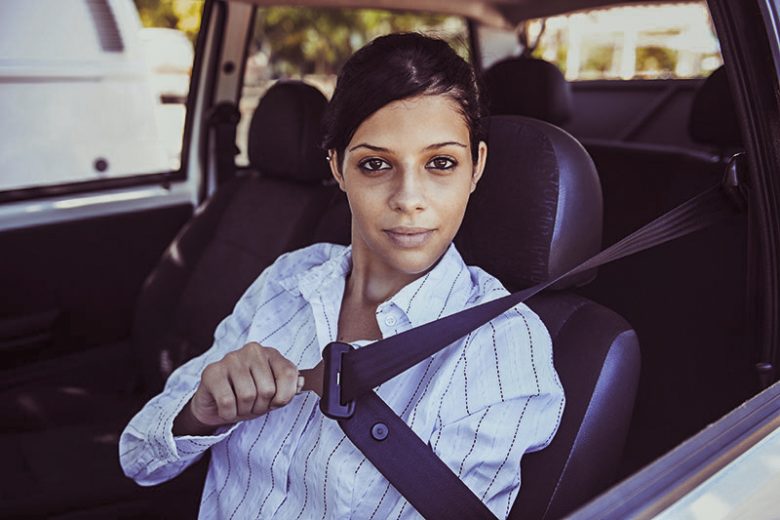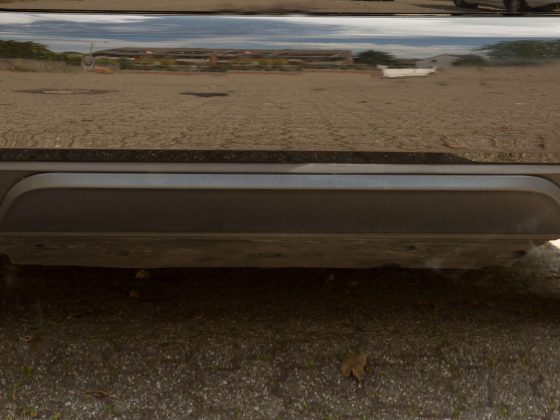Driving a car is a challenging activity that could endanger your safety if you are not careful. While many people take sitting behind the wheel for granted, there are scenarios in which you are required to be 100% focused.
Use eTags© to Quickly Complete Your DMV Service. Renewals, Title Transfers and More, All Online!
According to the National Highway Traffic Safety Administration (NHTSA), 94% of traffic accidents are the result of human error.
Be always mindful. To operate a vehicle safely and defensively, you will need practice and address difficult scenarios with care and anticipation.
For example, if you are planning to make a right turn at an intersection, be prepared to reduce your speed and signal your intentions to turn at least 100 feet ahead.
Far from teaching you the importance of safety, discussing how difficult is it to practice safe and defensive driving is even more relevant.
From planning your journey to shunning distracted driving, we grouped a series of practices to polish your driving skills.
Once you go through every and each one of them, you will be able to determine how simple it is to be a safe driver.
#1 Avoid fatigued driving
The best advice you could ever receive from someone who cares is to refrain from drowsy driving. When you are feeling tired, your ability to practice safe and defensive driving is compromised.
Keep in mind that drowsy driving is as dangerous as drunk driving. If you are too tired to operate a vehicle, forget about hitting the road.
Instead, take a nap and resume your drive once you feel rested. If you have to drive at times when you are normally sleeping, you should schedule periodic brakes to remain awake during your trip.
#2 Phones down, heads up
Nowadays we are living in a world full of distractions. Cell phones, for instance, are one of the most impactful forms of distraction that are not only disrupting our concentration but also increasing our chances of crashing.
When it comes to driving a vehicle, multitasking is a skill that won’t help you remain crash-free to say the least.
If you must reply to a life-changing text or make that important call, pull off the road and place your car in a safe spot.
Keep in mind that texting or talking on the phone while driving is considered an infraction in a growing number of jurisdiction. Hence, put your phone down, focus on your driving, and avoid getting a ticket.
#3 Pay attention to the road signs
Remember those days when you were reading your driver’s handbook and polishing your driving skills for the road test.
You were learning a lot about road signs and their different colors and shapes. Do you still know them all? In fact, safe and defensive driving majorly consist of following the road signs to anticipate potential scenarios and maneuvers.
If you are having trouble remembering certain road signs, browse online for more information and stay abreast of road safety.
#4 Buckle up and adjust your features accordingly
The first thing you need to do before driving is wear a seat belt. Then make sure all your mirrors are perfectly adjusted.
Once you buckle up and adjust your mirrors, you will be ready to drive safely. In addition, you are also advised to map your journey and customize your dashboard settings before switching to driving mode.
These are simple actions that should be part of your routine as they could put you in a better situation in the event of an accident.
#5 High beams are made for night driving
If you must drive at night, use your high beam headlights to improve your visibility. You don’t want to get involved in a car accident for not using your lights in dark areas.
High beam headlights can help you spot pedestrians, animals, and unexpected obstacles from a prudent distance.
If you notice a oncoming vehicle in the opposite direction of the road, make sure you click your high beam headlights.
#6 Time is your best alley
If you are fed up with the traffic congestion that builds up during rush hours, you could try leaving home earlier.
Either you are going to an important appointment or commuting, manage your time in a way that doesn’t encourage you to drive erratically.
Just because you are increasing your speed to get to your destination on time doesn’t mean you are going to get there safely. Plan your journey with anticipation and see the difference.
#7 DUI is never a choice
The NHTSA reported that 10,874 people died in alcohol-impaired crashes in 2017. In fact, impaired driving reduces your alertness, reaction time, and your ability to make sound decisions.
If you’ve been doing drugs or drinking alcohol, do not get behind the wheel. Instead, choose a designated driver or order a ridesharing service.
You should also be able to spot drunk drivers on the road. Pay attention to certain signs associated with drunk driving including:
- Making wide turns
- Swerving between lanes
- Almost hitting objects or vehicles
- Driving on the wrong side of the road
- Slow driving
- Stopping for no reason
- Braking constantly
- Slow reactions
- Turning abruptly or illegally
- Not using headlights.
SEE ALSO: Car Title And Registration – Do You Know The Difference?








